Used EV sales up, but overall demand for second-hand cars falls
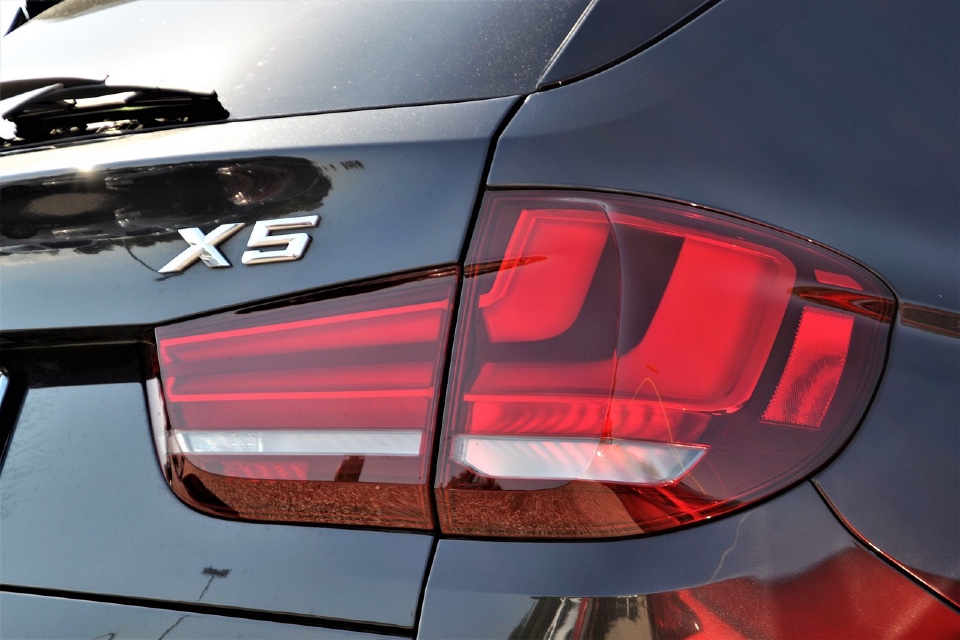
The UK’s used car market declined in 2022, down -8.5% to 6,890,777 transactions, according to the latest figures published by the Society of Motor Manufacturers and Traders (SMMT). The performance saw 640,179 fewer vehicles changing hands than in 2021, and remains -13.2% off 2019’s pre-pandemic total, as the squeeze on new car supply – primarily […]
Connected EVs save fleets 15 tonnes of CO2 per vehicle, per year

European fleets using EVs have cut their carbon emissions by more than 15 tonnes of CO2per vehicle, per year, equating to a fuel saving of 5,665 litres. Webfleet published this information in the first instalment of Electrifying Data, a series of reports that map the commercial EV opportunity in exclusive telematics data. The first report […]
UK’s automotive sector ‘faces weak recovery’ in 2023
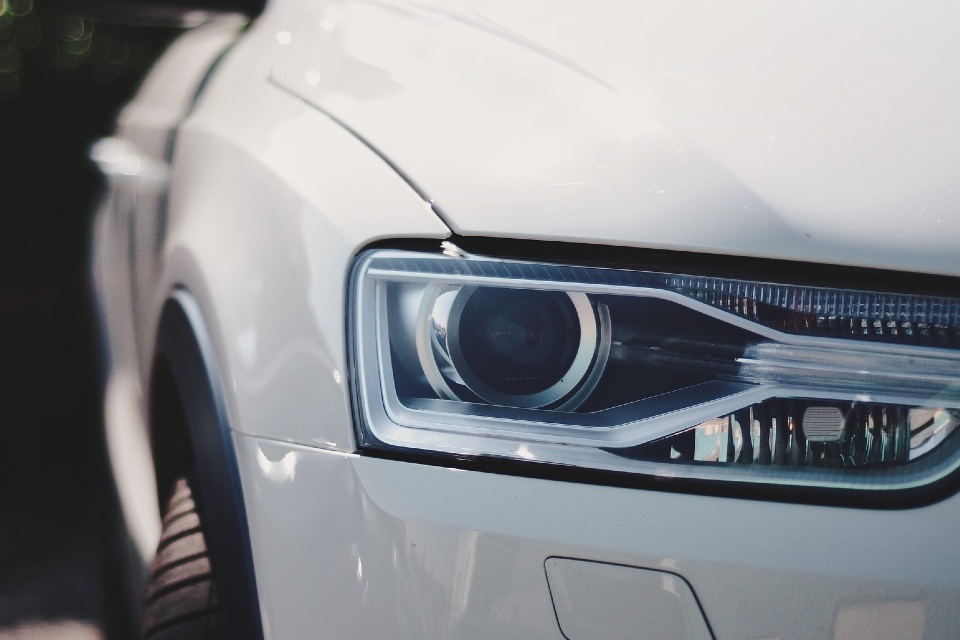
Following the release of data by the Society of Motor Manufacturers and Traders (SMMT), showing that the UK new car market was down 2% at 1.61 million sales in 2022, a leading analyst predicts recovery will be slow. The UK new car market recorded its fifth consecutive month of growth in December, with an 18.3% […]
UK’s automotive industry facing skills crisis, says IMI

The latest Automotive Sector Employment report from the Institute of the Motor Industry (IMI) outlines that the culmination of the electric vehicle (EV) revolution, the pandemic, decreased immigration and fewer people of working age, are fuelling an escalating skills crisis – It predicts 160,000 vacancies in the sector will need filling by 2031. Despite forecasting […]
UK firms embark on in £13.6bn EV investment drive
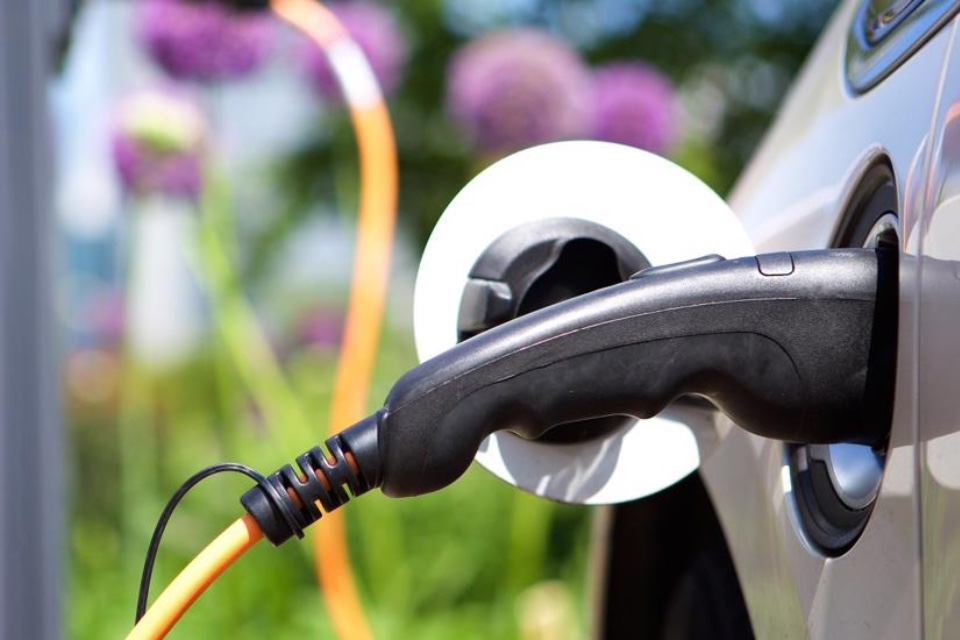
UK businesses are set to adopt more than 163,000 electric vehicles (EVs) this year as part of a major investment in fleet electrification. According to a new study by Centrica Business Solutions, the increase would see over a third (35%) more business operated EVs on the road by the end of 2022, compared to the […]
Supply chain issues see new car sales slump in May
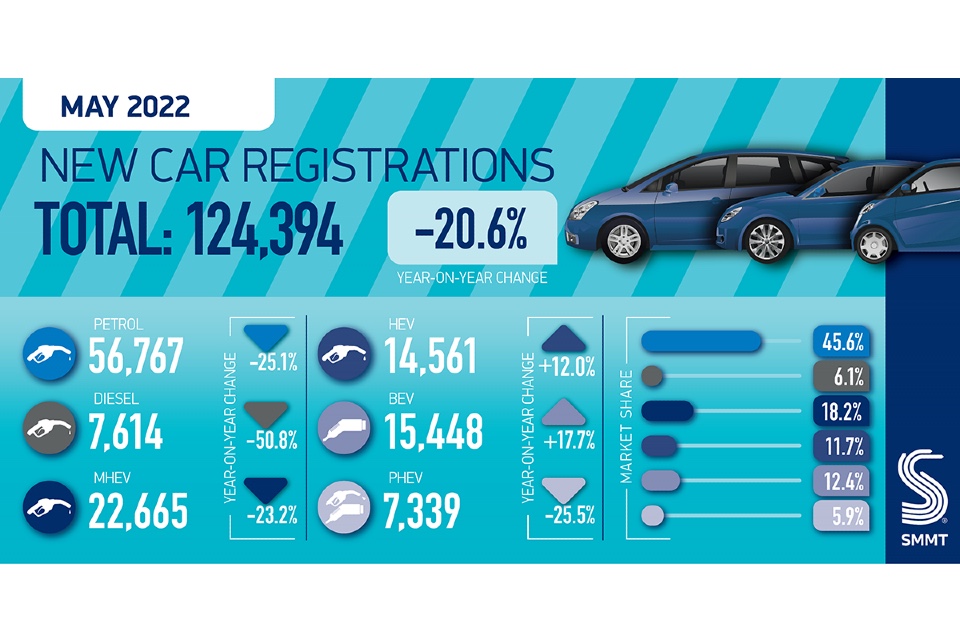
New UK car registrations fell -20.6% to 124,394 units in the second weakest May since 1992, after the 2020 pandemic-hit market, as supply shortages continued to hamper new purchases and the fulfilment of existing orders, according to the latest figures from the Society of Motor Manufacturers and Traders (SMMT). The decline, compared with the first […]
Oxford University unveils autonomous cars research project with Capgemini

Capgemini has revealed a collaboration with the University of Oxford focused on the safety and human factors of interactions with AI autonomous systems. The firm is working in collaboration with the university ecosystem around cutting-edge technologies, creating thought leadership, assets, and the services of tomorrow. These joint efforts are designed to answer the crucial question: “How […]
UK told to brace for Easter bank holiday traffic hotspots

The RAC says drivers are collectively planning an estimated 21.46m leisure journeys by car this coming weekend, the highest number for an Easter bank holiday since the the organisation first started tracking motorists’ plans in 2014. Good Friday – the first bank holiday since the start of the year – looks set to be the […]
Grey is the colour… again!
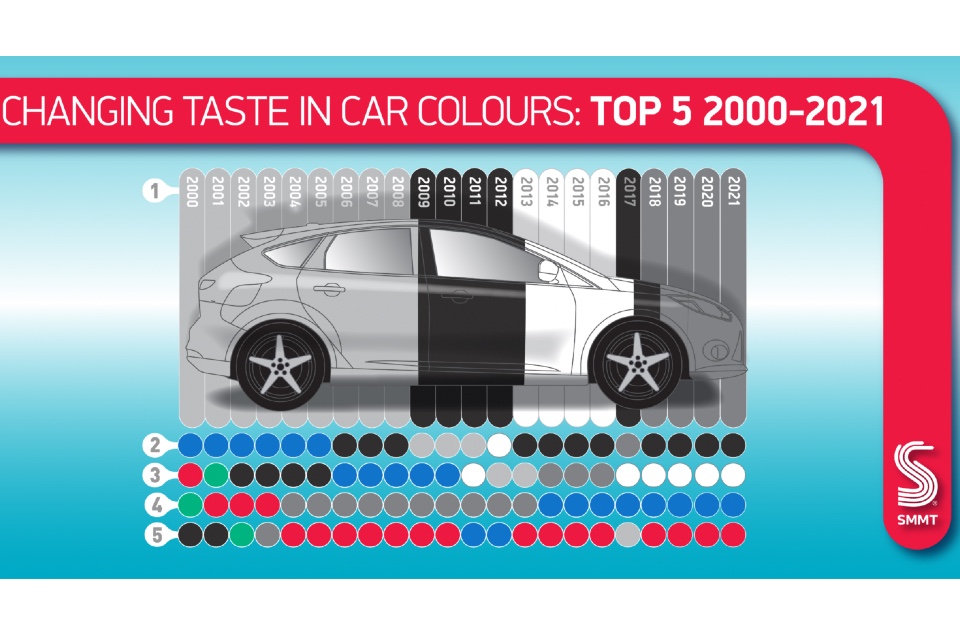
British drivers doubled down on their preference for monochrome cars in 2021, with grey increasing its dominance as the UK’s favourite new car colour for the fourth year in a row, according to figures published today by the Society of Motor Manufacturers and Traders (SMMT). During a year of pandemic-related disruptions impacting total new car […]
Christmas 2021 traffic set to be busiest for five years

This Christmas could see the busiest getaway on the roads in five years, with an estimated 27m trips by car to see friends and family between today and Christmas Eve, a study by the RAC and INRIX shows. With many schools in England and Wales breaking up today, the RAC’s figures suggest there will be an […]


